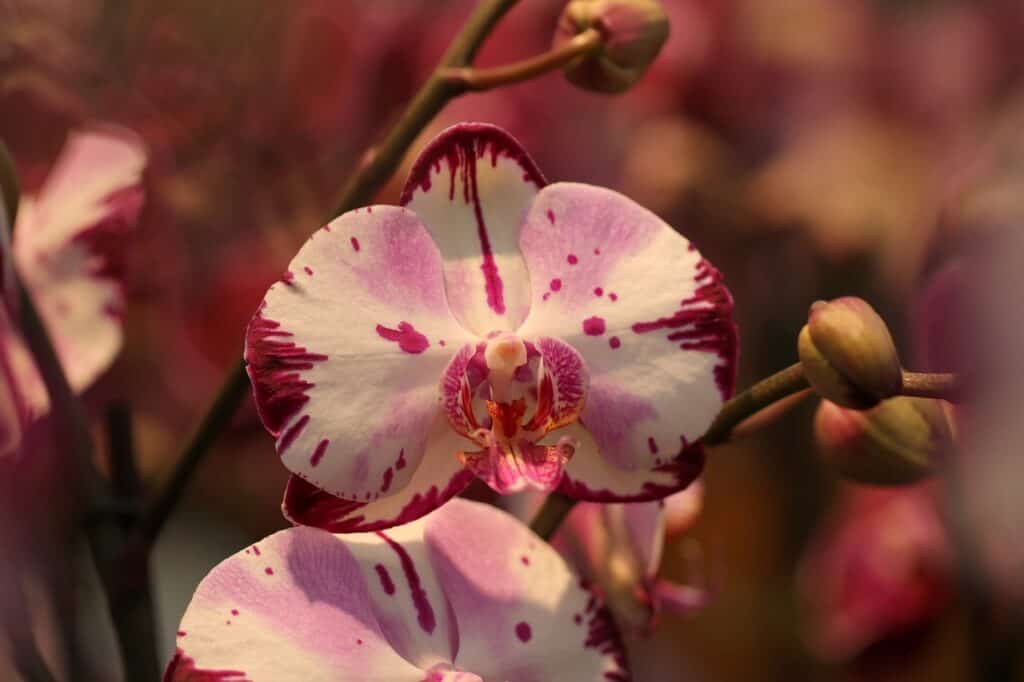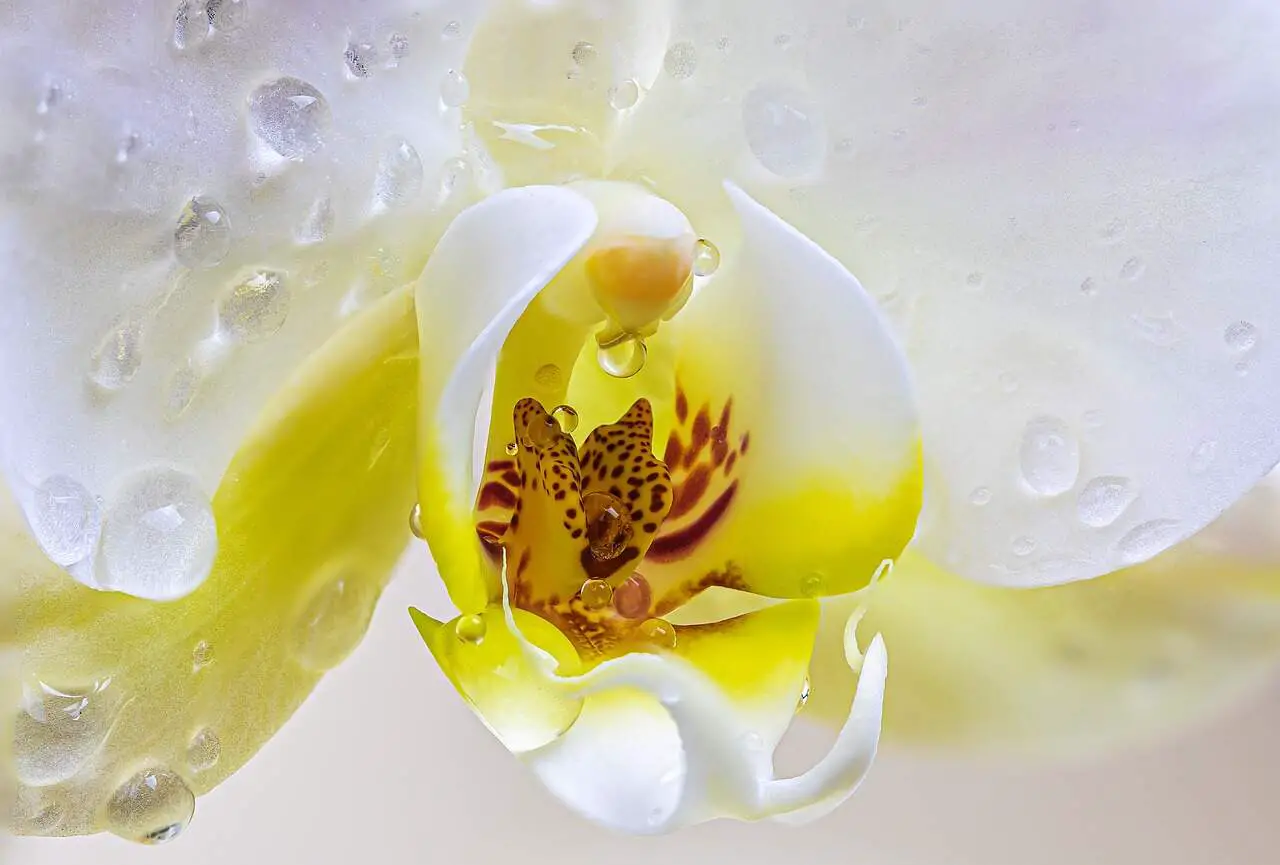Orchids are one of the most popular flowering plants, with a wide variety of species that come in different sizes, shapes, and colors. These beautiful plants have been an important part of different cultures worldwide, serving several purposes, from medicinal to decorative. However, taking care of orchids can be challenging, and it’s essential to understand how to care for them properly.
In this article, we’re going to discuss how to care for your orchids after their flowers have faded away. We’ll be covering some of the best practices you can adopt to maintain the health and beauty of your orchids, no matter their species.

Why Orchids Are Special Plants
Orchids are unique plants in several ways, from their beautiful flowers to their unique characteristics. The following sub-sections highlight some of the reasons why orchids are so special.
The Importance of Orchids in Different Cultures
Orchids have been a part of different cultures worldwide, serving several purposes. For instance, in ancient Greece, they were associated with virility, and warriors believed that consuming the ground orchid’s root increased their potency. In China, orchids were used to reinforce moral values as they symbolized friendship and nobility. In Japan, orchids were considered a sign of wealth and luxury, and only the rich could afford to grow them.
Understanding the Different Varieties of Orchids
To properly care for orchids, you need to understand the different types of orchids as they have unique care requirements. There are over 25,000 orchid species worldwide, but some popular ones include Phalaenopsis, Cattleya, and Dendrobium. Phalaenopsis, also known as “moth orchid,” is one of the most common orchids, while Cattleya orchids are known for their colorful and fragrant flowers. Dendrobium orchids come in a variety of colors and shapes and prefer cool temperatures.
Knowing the Best Time to Re-Pot Your Orchid
Orchids need to be repotted regularly to prevent overcrowding and to provide fresh media that support their growth. The right time to repot your orchid depends on several factors such as its species, age, and growth rate. Generally, orchids should be repotted every twelve to eighteen months.
How to Care for Orchids After Their Flowers Fade Away
After your orchids have finished blooming, it’s time to start caring for them differently to ensure they remain healthy. The following sub-sections discuss some practices that can keep your orchids strong and healthy after their flowers have wilted.
Implementing Proper Irrigation Techniques
Orchids are sensitive to overwatering and underwatering. Therefore, it’s crucial to use proper irrigation techniques to keep them healthy. The right technique depends on the orchid species and humidity levels in your area. For example, you can use the bottom watering technique for Phalaenopsis orchids to avoid wetting their leaves and causing rot.
Strategies for Maintaining Your Orchid’s Health
To keep your orchids healthy and help them recover from blooming, you need to adopt some strategies. These strategies include proper fertilization, monitoring their environment, and identifying and treating any disease or pest infestation.
Tips for Fertilizing Your Orchids
Fertilizing your orchids is an essential practice to ensure they receive the necessary nutrients for growth and health. The right fertilizer depends on the orchid species and your location. You can use a balanced fertilizer, such as 20-20-20, during the growing season, and a low-nitrogen one during the winter dormancy period.
Maintaining Optimum Temperature, Humidity, and Light Conditions
Orchids need specific temperature, humidity, and light conditions to thrive. Too much or too little of any of these factors can harm your orchids. For instance, most orchids require at least six hours of indirect sunlight, while exposure to direct sunlight can scorch their leaves. You should also ensure that your orchids are not exposed to low temperatures that can cause wilting.
Identifying and Treating Common Orchid Diseases
Orchids are prone to several diseases and pests, such as fungal infections, viruses, and spider mites. It’s essential to monitor your orchids regularly to detect any signs of disease or pest infestation. You can spot early signs of common diseases such as black rot, which is characterized by black, foul-smelling spots on the leaves. Treating orchid diseases and pests requires prompt action, such as using appropriate fungicides or insecticides.

Conclusion
Orchids are special plants that require knowledge and patience to care for properly. After their flowers have faded away, adopting some practices can ensure your orchids remain healthy and bloom again. Taking care of orchids can be challenging, but it’s a rewarding experience that can teach you patience and appreciation for the beauty of nature. By following the tips provided in this article, you can enjoy your orchids’ beauty for years to come.

